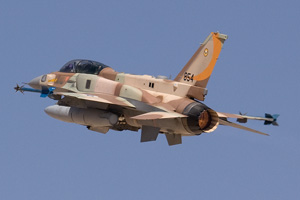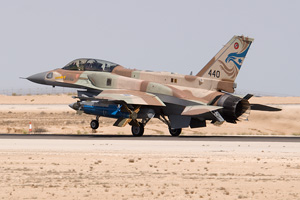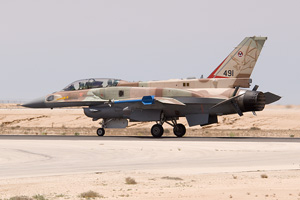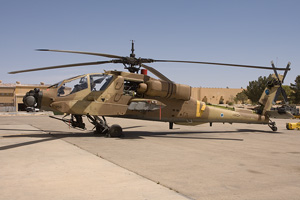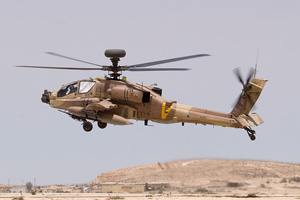In the north of the Negev desert, close to the town of Mitzpe Ramon and not far from the main road from Tel Aviv to Eilat one can find Ramon Air Base. Constructed with US money during the early 1980's, the base is one of a trio to have been built as compensation for the loss of a couple of bases in the Sinai desert when this peninsula was given back to Egypt following the Camp David peace agreement. The other two are Nevatim and Ovda. Today, Ramon is home to four squadrons, two of them fly the Lockheed Martin F-16I, known as Sufa in Israel, the other two fly the Boeing AH-64A/D Apache. The F-16I was built to Israeli specification using the F-16D Block 50/52 as a basis during the late nineties. The intention was to replace the F-4E Phantoms which although having been upgraded to Kurnass 2000 standard had reached the end of their useful lives.
